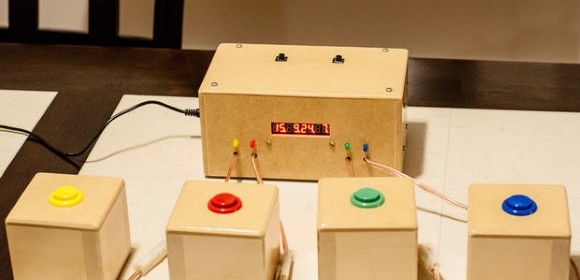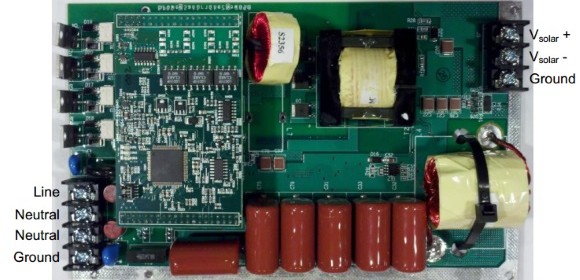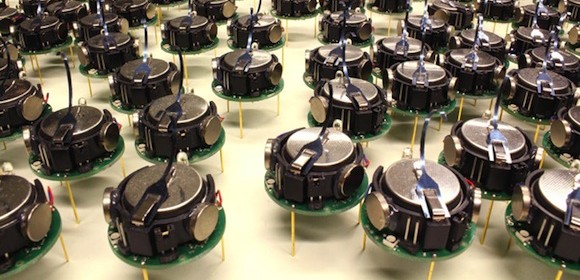Arduino quiz show buzzer

This nicely-built quiz game buzzer system is Arduino-based and captures the fastest player or “first to respond” out of four players. A good friend of mine who’s a teacher was doing quizzes in her class making students compete to answer questions… resulting in them complaining they raised their hands before the others. I decided to give her this quiz show type buzzer for Christmas to solve her problems. When one of the players press it’s button (the fastest player wins this), the led of the right colour lights up saying he’s in control… and no other buttons from the other players work,
Read more


